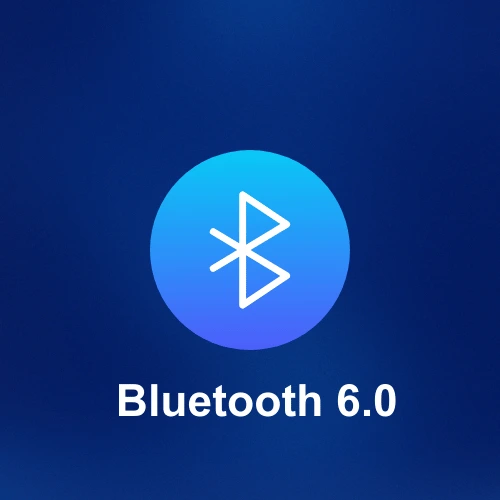
Precision Gets a Boost: From Sub-Meter to Centimeter-Level Accuracy
Bluetooth 6.0 is expected to significantly improve distance ranging capabilities, enabling sub-meter to centimeter-level accuracy for proximity-based services. This is a major advancement from previous Bluetooth versions, especially Bluetooth 5.1 and 5.2, which introduced Angle of Arrival (AoA) and Angle of Departure (AoD) features to enable direction finding.
For RTLS and indoor navigation solutions, this enhanced precision is a game changer—allowing more reliable guidance, asset tracking, and security monitoring in complex environments.
Energy Efficient and Long-Range Capabilities
In addition to improved ranging, Bluetooth 6.0 will also aim for lower power consumption and extended communication distances. This supports more energy-efficient RTLS tags and sensors, especially important in battery-powered deployments such as wearable tags or mobile apps used in indoor mapping.
These updates can facilitate larger-scale, long-distance location projects while maintaining strong signal quality—even in environments with signal obstructions, like hospitals and warehouses.
How Bluetooth 6.0 Supports RTLS Growth
Bluetooth Low Energy (BLE) has already become one of the most popular technologies for RTLS due to its low power usage, affordability, and smartphone compatibility. With the advancements coming in Bluetooth 6.0, BLE’s role in real-time positioning will likely grow further, supporting:
- Indoor navigation and wayfinding in public buildings and campuses
- Asset and equipment tracking in logistics and healthcare
- Secure proximity-based access control
- Context-aware marketing and visitor engagement in smart venues
As enterprises embrace digital transformation, Bluetooth 6.0 could make scalable and precise RTLS deployments more practical and affordable than ever before.
What’s Next?
Bluetooth 6.0 is currently under development and has not yet been finalized or released. However, the Bluetooth Special Interest Group (SIG) and partners expect to finalize the standard within the next 1–2 years. Once released, it’s likely to trigger a new wave of Bluetooth-compatible location-based applications with better performance and wider adoption.
For RTLS solution providers and system integrators, staying up to date with Bluetooth 6.0 capabilities will be critical to planning future-ready deployments.
Want to learn more about Bluetooth-based RTLS technologies? Check out our article here
📌 Source: Mouser Electronics Blog, “Bluetooth 6.0 Brings Enhanced Distance-Ranging Applications” published April 2024.